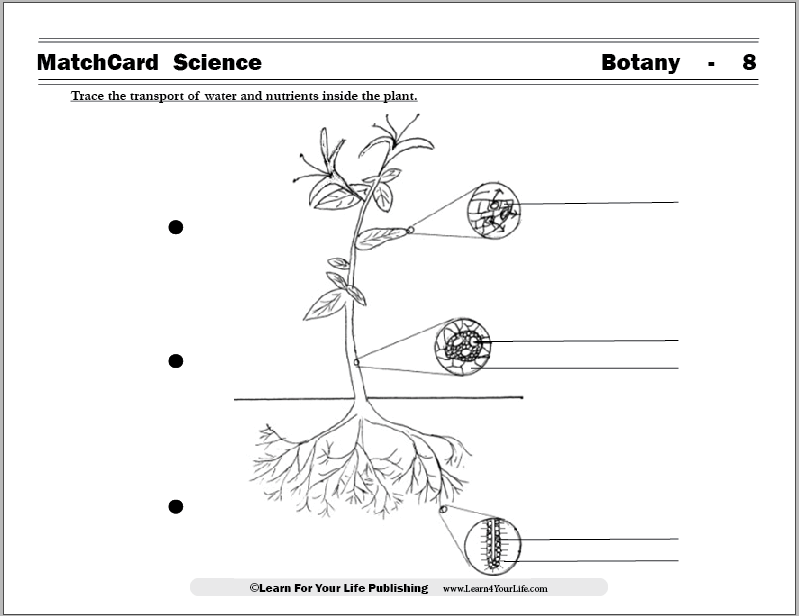Transpiration and Translocation
Plant Nutrition: Osmosis, Transpiration and Translocation
This Botany MatchCard demonstrates osmosis, transpiration and translocation in plants.
Free Download Below
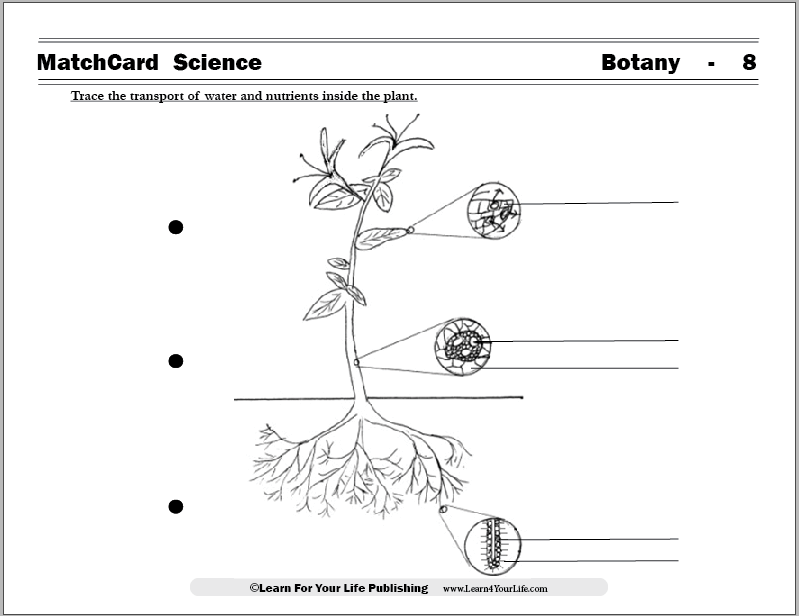
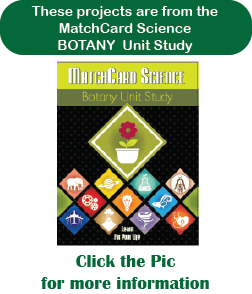
MatchCard Science Osmosis, Transpiration and Translocation Worksheet
Objective: Trace the transport of water and nutrients inside the plant.MatchCard: Download below.
MatchCard Information Pieces define osmosis, translocation, and transpiration. They explain the function of https:
Download and Use the Plant Transpiration and Translocation MatchCard
This is MatchCard #8 of the Botany Unit Study. See below for teaching ideas and the use of MatchCards.Plant Circulation
Osmosis, transportation, and translocation are the methods used for water and nutrient transport in plants.OSMOSIS
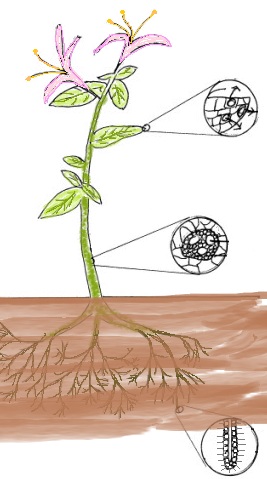 It all starts in the ground with osmosis. Osmosis is the passive movement of water from an area of high concentration to an area of low concentration.
It all starts in the ground with osmosis. Osmosis is the passive movement of water from an area of high concentration to an area of low concentration.Root Hairs
Root hairs are tiny projections from the root that transport water into the roots of the plant.Root Xylem
The root xylem are fibers that tranport water from the cells of the roots up towards the stem.TRANSLOCATION
Translocation is the movement of nutrients from one part of the plant to another.Phloem
Vessels which transport nutrients through the plant by active transport.Glucose is the major nutrient carried. The phloem carry nutrients down the stem towards the roots. They also deposit glucose in the fruit of the plant.
The sap in a tree is a common example of the flow of phloem. The phloem are comprised of living cells.
Xylem
Xylem are the vessels that carry water from the root to the leaves through the stem.In addition to water, minerals from the soil is also carried in the xylem. There is an upward movement away from the roots.
Transport of water is carried out through a number of processes including negative pressure (sucking) from transpiration - described below. Active transport and water pressure in the roots also play a role.
The xylem are comprised of non-living cells. The xylem are well-known for their role of adding a new ring each year to the inside of a tree trunk.
Note: Many sources refer to translocation only as the flow through the phloem and not as movement of water and minerals through the xylem. The important point for younger students is that phloem is taking nutrients downward and xylem is taking water and minerals from the soil upward.
TRANSPIRATION
The evaporation of water out of the plant causes an upward movement of water called transpiration. As the water evaporates from the leaf, it causes suction - somewhat like the process of sucking on a straw. This negative pressure causes water to move from the roots upward through the xylem in the stem.Stoma
Stoma are the pores of the leaf which allow water to evaporate.Hands-On Projects
Osmosis In A Potato (or carrot)
For this demonstration you will need: https:Remember the potato has a small amount of salt in it. The salt water has a lot of salt. The fresh water has almost no salt (There may be a very small amount of salt in some tap water.)
Leave the potatoes to sit for three hours.
Meanwhile, make some predictions. With the potato sitting in salt water, which way will the water flow? (Hint: from area of low salt concentation to high salt concentration.) Which way will the water flow with the potato in fresh water? Alternative
You can also do this experiment with two carrots instead of potatoes.
Water Transport in Celery (or Carnations)
This experiment allows students to see the vessels (phloem and xylem) after water is translocated upward through the xylem. https:Once an hour, take the celery out and look at the bottom. Can you see the xylem and phloem?
Alternative
This can be done with white carnations and different colors of dye. Eventually, the flower will turn the color of the food dye.
As a variation, carefully split the stem from top to bottom of one flower. Put one part of the stem in a glass with one color of dye, and the other part of the stem in another glass with a different color. Viola: a multi-colored carnation.
Botany Science Experiment
Change one factor and experiment to see if it changes the rate of translocation. Here are some elements that may be modified: https:Transpiration in a House Plant
https:Some of the moisture may be from water that evaporated from the soil into the air of the plant. To prevent the evaporation of water from the soil into the jar, wrap the base of the plant with celophane, and then put celophane over the soil to prevent evaporation into the top of the jar.
Botany Science Experiment
If you change one variable, will it affect the amount of water that is evaporated from the plant?How could you measure the amount of water? If you have a precise scale that measures grams, you can weigh tissues before and after they have wiped the moisture off the glass.
What variables could you change? Here are a few to consider: https:
MatchCard Science
How To Use MatchCards

Download the FREE MatchCard Science Instructor's Guide and see how MatchCards can make building their science knowledge base fun.
Botany Unit Study
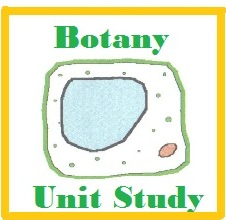
Check out our entire Botany Unit Study with 11 objectives.
12 Science Unit Studies

Chemistry is only one of twelve complete unit studies for kids in 3rd to 8th grade.
Comprehensive objectives, hands-on projects, suggested science fair experiments, and the fun game-like MatchCards keep them interested in learning science. See all twelve MatchCard Science Unit Studies.
About Our Site
Hands-On Learning



